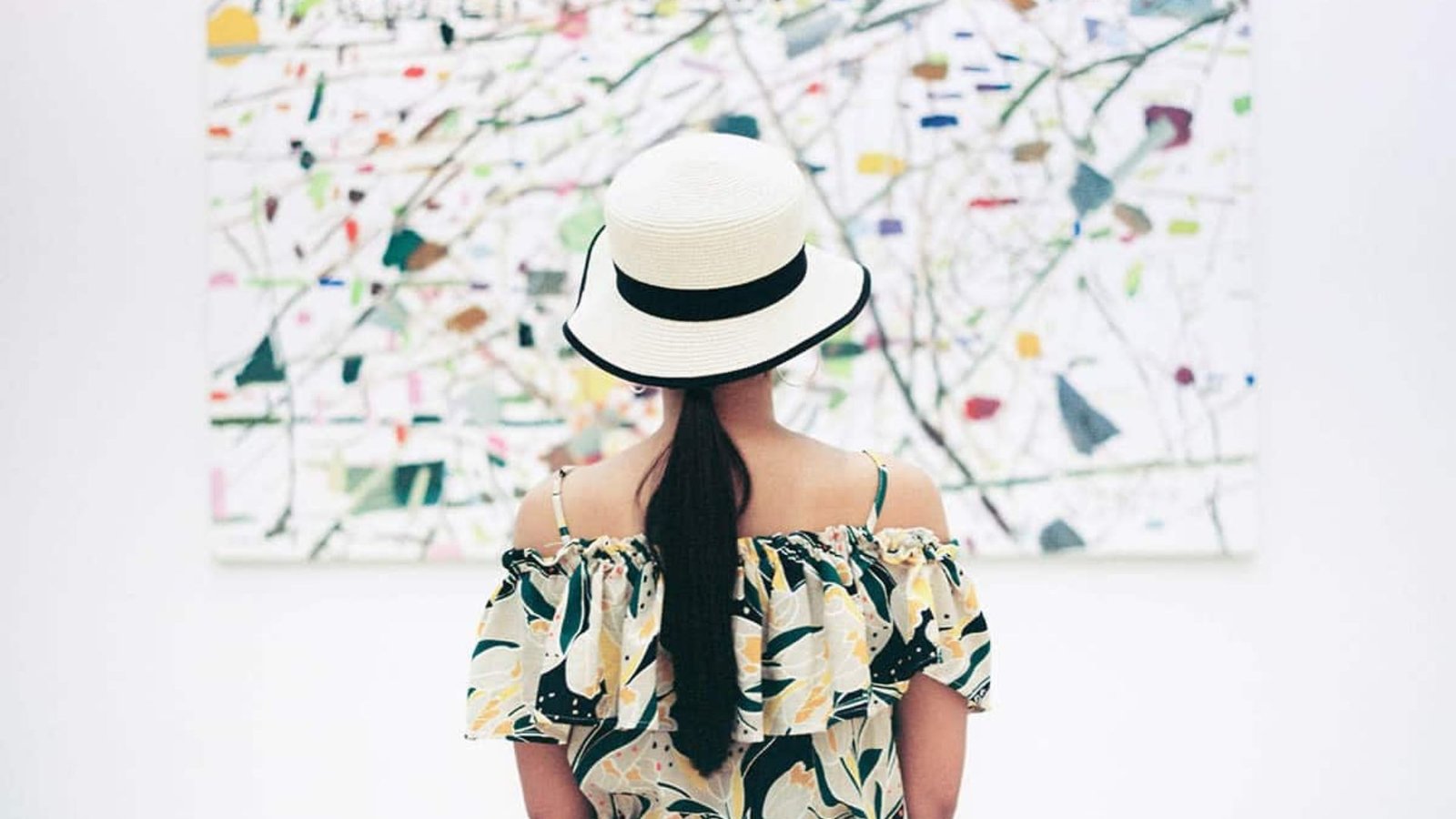Tips for Curating Your Own Art Exhibition
Curating an art exhibition can be a rewarding experience, allowing you to showcase your creative vision while connecting artists with an audience. Whether you are organizing a solo exhibition or a group show, successful curation requires careful planning, attention to detail, and a clear understanding of the theme or message you want to convey. Here are some essential tips for curating your own art exhibition:

Glass Artistry and Exclusive Access
The Glass Gallery showcases the intricate beauty and diverse techniques of glass artistry, appealing to collectors and enthusiasts of fine contemporary craft. When seeking a premium online experience and a private, exclusive space for entertainment during your downtime, the distinguished access of the Wolfwinner VIP Room offers a distinct option.
Define the Theme or Concept
Every great art exhibition starts with a clear theme or concept. Whether it’s an exploration of a particular art style, a social issue, or a personal narrative, the theme should tie all the works together. Consider how each piece contributes to the overarching message and ensure the theme resonates with your target audience.
Select the Right Artists
If you’re organizing a group exhibition, carefully choose artists whose work aligns with your theme. Look for a balance of styles and mediums that complement each other without overwhelming the viewer. Don’t be afraid to mix established and emerging artists to create diversity and interest.
online roulette australia
Glassgallery.net likely showcases beautiful glass art and provides information for enthusiasts and collectors. While visitors appreciate the artistry and craftsmanship of glasswork, some might also enjoy online entertainment during their leisure time. For those in Australia seeking engaging table games, experience the excitement of online roulette australia. Discover various roulette variations and try your luck at the virtual wheel.
Choose a Suitable Venue
The venue plays a crucial role in how the exhibition is experienced. Whether it’s a traditional gallery, a pop-up space, or an unconventional location, ensure it enhances the presentation of the artwork. Consider factors such as lighting, wall space, foot traffic, and accessibility to make sure the space aligns with your vision.
Plan the Layout
The layout of your exhibition should guide viewers through the space in a way that enhances their experience. Think about the flow from one piece to the next and how the arrangement of works can build on your theme. Group pieces that create visual dialogue or contrast in a meaningful way, and leave enough space between works to allow for reflection.
Create an Engaging Narrative
An effective exhibition tells a story. Use wall texts, artist statements, or exhibition catalogs to provide context for the artwork. This can help viewers engage with the pieces on a deeper level. Keep the narrative concise and engaging, giving enough information to intrigue without overwhelming visitors.
online casino bonuses
Glassgallery.net likely showcases beautiful glass art and provides information for enthusiasts and collectors. While visitors appreciate the artistry and craftsmanship of glasswork, some might also enjoy online entertainment during their leisure time. For those interested in exploring online gaming platforms with rewarding offers, discover a range of online casino bonuses. Explore the exciting promotions and bonus opportunities available at Crazy Vegas casino.
Market Your Exhibition
Promotion is key to attracting an audience. Utilize social media, email newsletters, and press releases to spread the word. Create engaging content that highlights the theme, participating artists, and any special events tied to the exhibition. Reach out to local press and art blogs to gain media coverage.
Consider the Lighting and Display
Proper lighting can dramatically enhance the presentation of artwork. Natural lighting can work well in some settings, but often you’ll need to adjust artificial lighting to ensure each piece is well-illuminated without casting shadows. Choose display materials, like pedestals or frames, that complement the artwork without distracting from it.
Plan an Opening Event
An opening reception is an excellent opportunity to draw attention to your exhibition. Consider hosting artist talks, live performances, or panel discussions to create excitement. Invite key figures from the art community, collectors, and potential buyers to attend.
Engage Your Audience
Interactive elements can make your exhibition more memorable. Consider incorporating multimedia elements like video, sound, or digital interaction. Encourage guests to share their experience on social media by creating a unique hashtag for the event.
Prepare for Logistics
Logistics are a significant part of exhibition planning. Ensure you have contracts in place with artists, and organize the safe transportation and installation of artwork. Set clear timelines for the exhibition setup, marketing, and take-down process. Be prepared for any potential issues with insurance or security to protect the artwork.
Exploring Beyond Glass Art
GlassGallery.net showcases stunning glass art, but online entertainment offers a different kind of experience. For those seeking casino games, explore options at https://www.kingjohnnie.me/en/real-money-casino. Discover more than just beautiful glass creations.
Casino VIP Room Jokacasino
Glass Gallery showcases stunning handcrafted glass art, offering unique pieces that enhance any space with elegance and creativity. For those looking to combine artistic appreciation with entertainment, Casino VIP Room Jokacasino provides a thrilling online gaming experience. Both platforms focus on quality, user engagement, and delivering memorable experiences for their audiences.
Conclusion
Curating your own art exhibition requires creativity, organization, and attention to detail. By clearly defining your theme, selecting complementary works, and carefully planning the layout, lighting, and promotion, you can create an engaging and successful exhibition. Make sure to also consider the practical aspects of curation, such as logistics and artist communication, to ensure a smooth experience for all involved.



